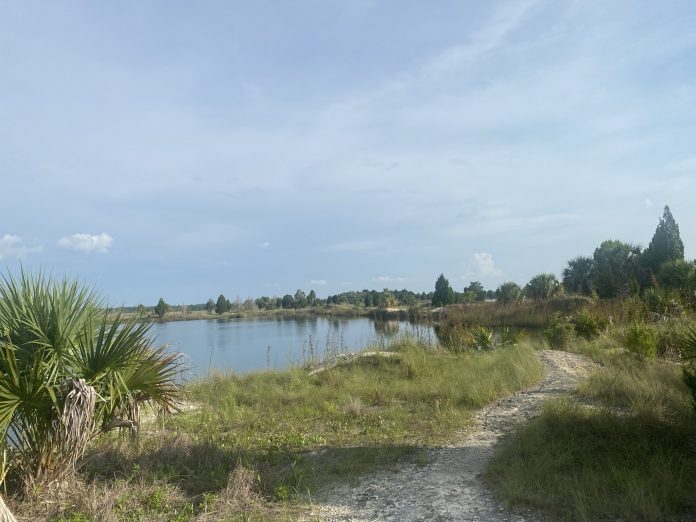With school and sports starting back up, the weekdays are about to get busy again! So If you’re looking for a relaxing weekend activity with your family, try an outing at the Weekiwachee Preserve. Here you can spend some quality time with one another, alongside the magnificent wonders of our native plants and wildlife.
There are two public entrances to the 11,206-acre ecological treasure that is the Weekiwachee Preserve. One access point is located on Shoal Line Blvd with a small parking lot, while the other is located on Osowaw Boulevard and is only open to vehicle traffic on the second and fourth Saturdays of the month. Those visitors on foot or bicycle may enter the preserve any day of the week between sunrise and sunset.
The preserve provides a vast variety of habitats including several miles of the Weeki Wachee River, portions of the Mud River, dense hardwood swamps, freshwater and saltwater marshes, floodplain forests, beautiful lakes, and pine-covered sandhills. The preserve is also known for its Florida black bear population. The bears are shy, elusive, and pose no threat to people, spending most of their time deep in the forest. So no need to be frightened, but as always be cautious in nature! The Weekiwachee Preserve is an outdoor haven for nature lovers. It’s a fantastic destination for hiking, biking, paddling, and birdwatching. It’s even recognized as an Important Bird Area by the National Audubon Society.
The Weekiwachee Preserve is a remarkable ecological success story. Today, the preserve is a sanctuary for wildlife, but not so long ago, the area was home to a lime rock mine that was slated to become a residential community and shopping mall. But in 1995, the Southwest Florida Water Management District (SWFWMD) acquired the area and began revamping the landscape. The group transformed mine pits to provide habitat for wading birds and removed invasive plants, which allowed native flora to flourish. Cabbage palms and slash pines gradually took root on the once denuded land, while floodplain forests of saw palmettos, live oaks, and sweetgum also began to thrive.
Public ownership protects the wetlands’ natural functions of conveying spring water to the gulf, cleansing surface water and providing flood protection, as well as buffering nearby residential communities from tropical storms. The preserve also blends into an extensive network of coastal conservation lands extending northward to the Crystal River, providing a vast sanctuary for wildlife.
As far as the beautiful water of the preserve is concerned, there’s no swimming allowed in any of the lakes. Boats are not allowed on the lakes in this area, but bank fishing is permitted. Visitors are asked to take special care in this sensitive area as it has become a significant bird roosting site. Hundreds of wading birds roost here every night and some nesting activity has been observed.
Summer vacation may be coming to an end, but as the heat dwindles, it’s the best time to check out one of Hernando County’s great treasures! Be sure to be respectful of nature as you ease into the beautiful scenery.

